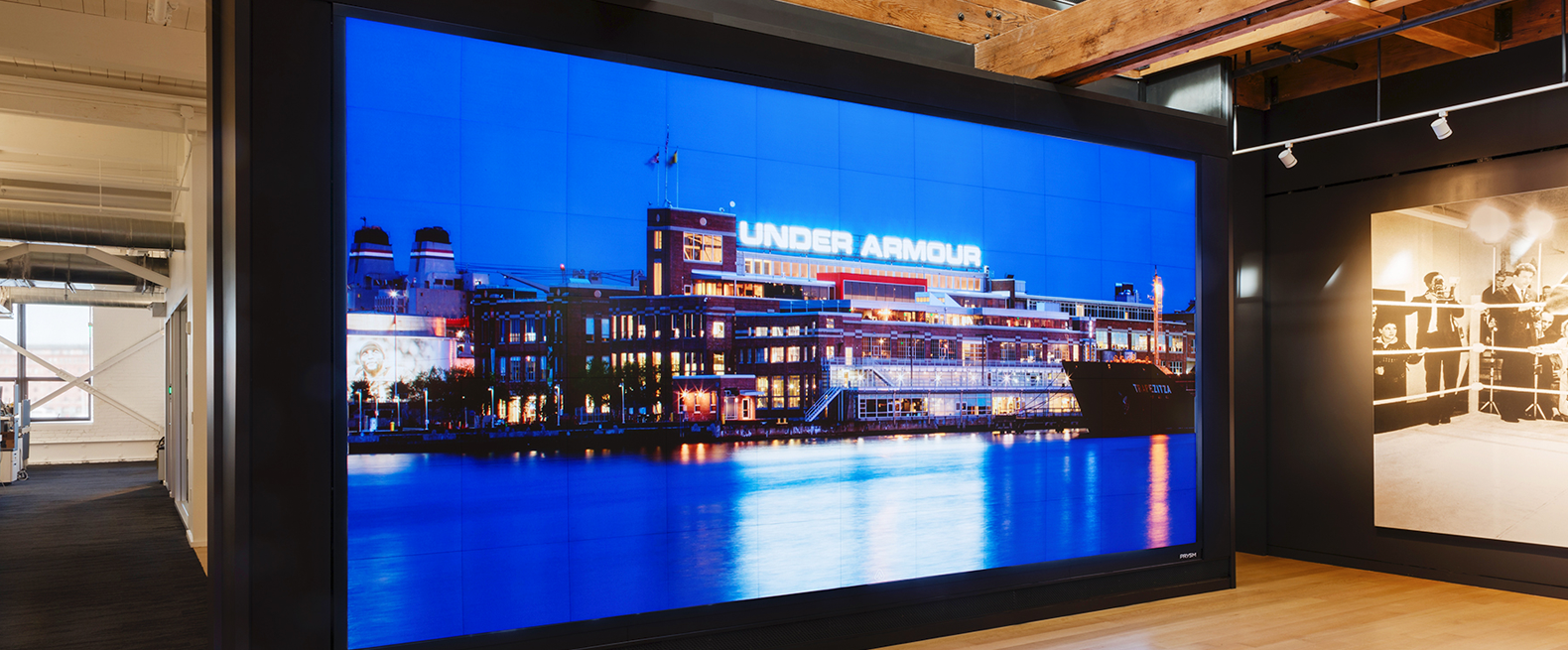Exploring the Durability of Light Emitting Diode Wall Screens in Comparison to Conventional Screen Methods
Exploring the Durability of Light Emitting Diode Wall Screens in Comparison to Conventional Screen Methods
Blog Article
LED panel panels have become progressively popular in recent times, especially in environments like educational institutions, businesses, and public areas. These panels use light-emitting diodes (LEDs) to produce bright and vibrant images. One of the most significant benefits of LED innovation is its longevity compared to conventional screen methods, such as CRT tube tubes (CRTs) and liquid display screens. Understanding the differences in lifespan and functionality between these options can help buyers make informed decisions about their display requirements.
Classic display technologies, like CRTs, have been around for numerous years. They were frequently used in televisions and PC screens. However, CRTs have a limited duration, typically lasting approximately 10,000 to 20,000 hrs of use. This means that after a couple of years, users may observe a deterioration in picture clarity, such as fading or color deformation. In comparison, LED panel panels can last considerably longer, often exceeding 50,000 hours. This prolonged lifespan means that users can experience consistent functionality without the need for frequent substitutions.
Another important factor to take into account is energy efficiency. LED panel screens consume less energy than conventional screens, which not only helps the ecosystem but also lowers power expenses. For example, while a CRT screen may consume around 100 watts of energy, an LED screen can consume as little as 30 to 50 watts. This discrepancy in power consumption contributes to the total longevity of LED innovation, as lower energy consumption generates minimal thermal energy. Excessive thermal energy can damage electrical parts, leading to a reduced duration for traditional displays.
In addition to their longer lifespan and power conservation, LED wall panels also provide enhanced image quality. They provide brighter hues and improved differentiation, making them ideal for multiple uses, from advertising to top article educational displays. The innovation behind LED panels allows for a broader sight perspective, meaning that images remain clear and lively even when seen from the side. This is a significant benefit over conventional displays, which often experience from hue distortion and diminished brightness at wider angles.
In summary, the durability of LED panel panels compared to traditional screen methods is a key factor for consumers to consider. With durations that can surpass 50,000 hours, energy efficiency, and superior visual clarity, LED innovation provides many benefits. As technology continues to progress, LED wall panels are likely to become even more common in various settings. Understanding these differences can help people and entities make improved decisions when purchasing in display technology, ensuring they get the optimal value for their requirements.